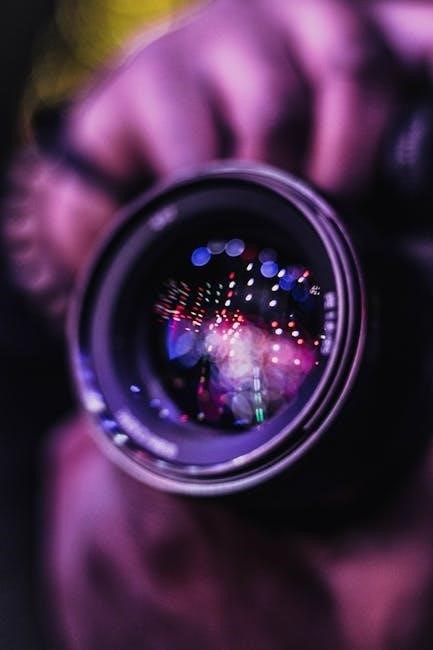Light is a fundamental element in visual art, shaping depth, mood, and perception. It guides the viewer’s eye, creates emotional connections, and enhances the narrative of a piece. Whether natural or artificial, light influences how colors appear and how textures are perceived. Artists across mediums, from painting to photography, use light to evoke specific emotions and atmospheres. Understanding light’s properties and techniques is essential for creating impactful compositions. This section explores the role of light in visual art, its psychological effects, and how artists manipulate it to achieve their creative vision.
1.1 The Importance of Light in Art

Light is a cornerstone of visual art, playing a pivotal role in shaping form, depth, and atmosphere. It serves as a tool for artists to communicate ideas, evoke emotions, and guide the viewer’s perception. Whether through natural or artificial sources, light has the power to transform a composition, making it a fundamental element in creative expression. Its importance lies in its ability to reveal texture, define shape, and create illusions of three-dimensional space on a two-dimensional surface.
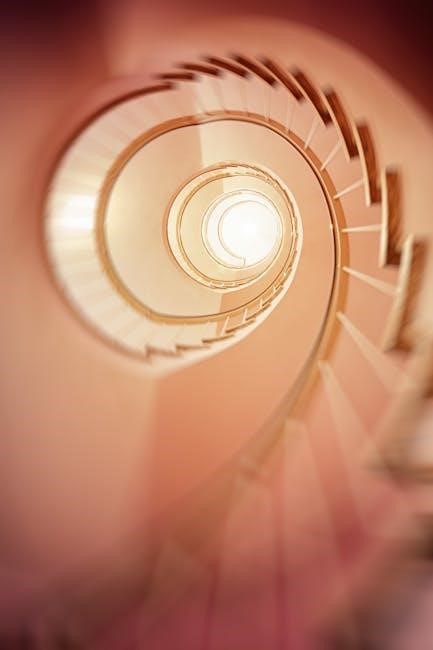
The manipulation of light allows artists to direct the viewer’s eye, emphasizing specific elements while obscuring others. This selective focus enhances the narrative or emotional impact of a piece. For example, the interplay of light and shadow can create dramatic effects, such as those seen in the works of Baroque masters like Rembrandt, who used chiaroscuro to heighten tension and depth. Similarly, contemporary artists leverage light to explore abstract concepts, pushing the boundaries of traditional representation.
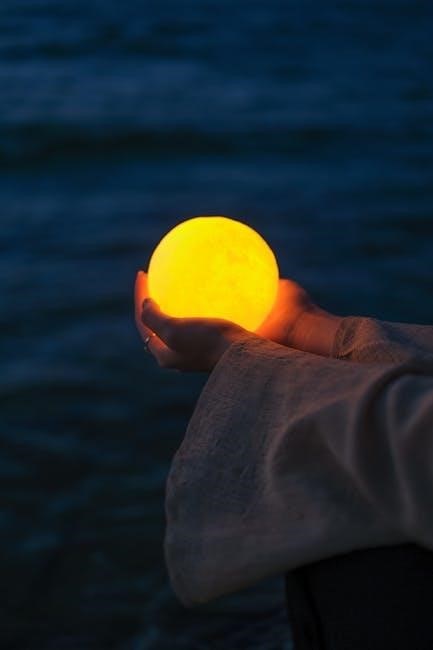
Light also influences the psychological and emotional resonance of art. Warm tones can evoke comfort and nostalgia, while cool tones may induce a sense of detachment or calm. Artists like Johannes Vermeer and Edward Hopper masterfully employed light to evoke specific moods, using it to tell stories and connect with their audiences on a deeper level. This emotional engagement underscores the universal language of light in art, transcending cultural and temporal boundaries.

In addition to its aesthetic functions, light plays a practical role in preserving and displaying art. Museums and galleries carefully control lighting to protect sensitive works from damage while ensuring optimal visibility. The balance between preservation and presentation is crucial, as excessive light exposure can degrade materials over time. Advances in LED technology have revolutionized this field, offering energy-efficient solutions that maintain color accuracy and reduce harmful UV emissions.
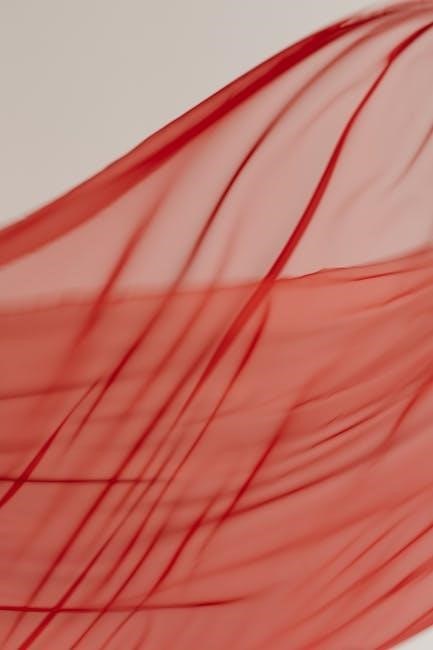
Overall, light is an indispensable element in visual art, serving both functional and expressive purposes. It empowers artists to craft compelling narratives, evoke emotions, and explore new creative possibilities. Whether through subtle nuances or dramatic contrasts, light remains a timeless medium for artistic expression and communication.

1.2 The Psychological Impact of Light
Light has a profound psychological impact on both the creation and perception of art. It is a powerful tool for evoking emotions, setting moods, and influencing how viewers interpret a piece. The way light is used can create a sense of warmth, calmness, or even tension, depending on its intensity, color, and placement. Artists strategically manipulate light to guide the viewer’s emotional response, making it a cornerstone of visual storytelling.
The emotional impact of light is deeply rooted in human psychology. Warm, soft lighting often evokes feelings of comfort and nostalgia, while harsh, contrasting light can create a sense of drama or unease. For example, the golden-hour light in a landscape painting might evoke serenity, while the stark shadows of a noir-inspired piece might heighten anxiety. This emotional resonance is why light is so critical in art—it connects with the viewer on a subconscious level, shaping their experience of the work.
Light also influences perception and focus. By highlighting specific elements in a composition, light directs the viewer’s attention, creating a visual hierarchy; This selective emphasis can draw the eye to symbolic or thematic elements, reinforcing the artist’s message. Conversely, shadows and dimly lit areas can create mystery or ambiguity, inviting the viewer to fill in the gaps with their imagination. This interplay of light and darkness engages the mind, encouraging deeper engagement with the artwork.
The psychological effects of light are not limited to the emotional realm; they also extend to memory and association. Certain lighting conditions can evoke personal memories or cultural references, adding layers of meaning to a piece. For instance, the soft, diffuse light of a cloudy day might remind viewers of a peaceful afternoon, while the bright, artificial glow of a cityscape could evoke the energy of urban life. These associations enrich the artwork, making it more relatable and impactful.

Lighting Techniques for Visual Artists
Lighting techniques are essential tools for visual artists to control and enhance their work. Methods like three-point lighting create depth and dimension, while reverse key lighting adds drama by emphasizing shadows. Ambient lighting sets the overall mood, blending light naturally. These techniques, whether in painting, photography, or digital art, allow artists to guide the viewer’s focus and evoke desired emotions. By mastering light manipulation, artists can transform ordinary compositions into extraordinary visual experiences, ensuring their creative vision is vividly conveyed.
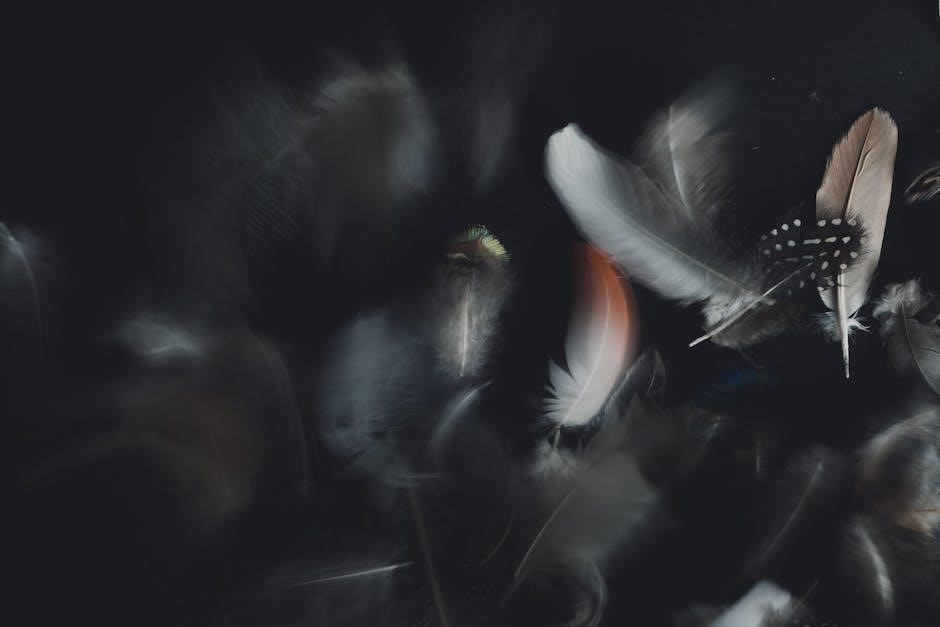
2.1 Three-Point Lighting
Three-point lighting is a fundamental technique widely used by visual artists, photographers, and filmmakers to create balanced and visually appealing compositions. This method involves three light sources: a key light, a fill light, and a backlight. The key light is the primary source, providing the main illumination and defining the subject’s shape and features. The fill light softens the shadows created by the key light, reducing contrast and adding depth. The backlight, positioned behind the subject, separates it from the background, creating a subtle highlight around the edges.
This technique is particularly effective for portraiture and still-life compositions, as it enhances dimensionality and texture. By adjusting the intensity and placement of each light, artists can control the mood and emphasis of the piece. For example, a stronger key light can create dramatic shadows, while a softer fill light can produce a more natural, evenly lit appearance. Three-point lighting is versatile and can be adapted to various artistic styles, from realistic to stylized compositions.
In digital art and computer-generated imagery, three-point lighting is often simulated using software tools to achieve similar effects. This allows artists to experiment with different lighting setups without physical constraints. The principles of three-point lighting are also applied in museum and gallery settings to optimally display artworks, ensuring that the lighting enhances the viewer’s experience without causing damage to the pieces.
Mastering three-point lighting enables artists to have greater control over the visual narrative, guiding the viewer’s attention and evoking specific emotions. Whether in traditional or digital media, this technique remains a cornerstone of visual art, offering a reliable framework for creating dynamic and engaging compositions.
2.2 Reverse Key Lighting
Reverse key lighting is a sophisticated technique used by visual artists to create dramatic and moody compositions. Unlike traditional three-point lighting, where the key light is positioned to illuminate the subject’s face, reverse key lighting places the primary light source behind the subject. This setup casts the subject’s face in shadow, while the fill light illuminates the background, creating a striking contrast.
This technique is particularly effective for evoking mystery, tension, or introspection. By silhouetting the subject against a brighter background, reverse key lighting directs the viewer’s attention to the surroundings, often emphasizing textures, shapes, and environmental details. It is commonly used in portrait photography, film noir-inspired art, and digital compositions where a sense of intrigue is desired.
Reverse key lighting also allows artists to experiment with the interplay of light and shadow. The backlight creates a rim of light around the subject’s edges, separating them from the background and adding depth to the image. This effect is especially powerful in digital art, where lighting can be precisely controlled to achieve the desired mood. Artists often combine reverse key lighting with ambient or diffused light sources to soften harsh shadows and maintain balance in the composition.
In practice, reverse key lighting requires careful positioning and adjustment of light sources. The intensity of the backlight must be balanced with the fill light to avoid overexposure or underexposure. This technique is particularly challenging in traditional media, where light cannot be easily manipulated after application. However, digital tools offer greater flexibility, enabling artists to refine lighting effects with precision.
Reverse key lighting is not limited to visual art; it is also widely used in theatrical and cinematic applications to create dramatic atmospheres. For visual artists, this technique provides a powerful tool for storytelling, allowing them to guide the viewer’s perception and evoke specific emotions. By mastering reverse key lighting, artists can expand their creative possibilities and achieve compelling visual effects in their work.

Architectural and Ambient Lighting in Art Spaces
Architectural and ambient lighting play a crucial role in enhancing the experience of art spaces. Museums and galleries often use a combination of daylight and artificial light to create an optimal viewing environment. LED lighting, with high color rendition (CRI 95+), is preferred for its ability to accurately display artwork colors. The design of lighting fixtures, such as those with interchangeable optical accessories, helps minimize glare and optimize visual comfort. Ambient lighting strategies, including dimming and warm color temperatures (2700-3500K), are employed to preserve sensitive artworks while maintaining an inviting atmosphere. This balance ensures that the art remains the focal point, fostering an immersive connection between the viewer and the piece.
3.1 Lighting in Museums
Lighting in museums is a delicate balance between preserving sensitive artworks and creating an engaging environment for visitors. The primary goal is to ensure that the art is displayed in a way that maintains its integrity while enhancing the viewer’s experience. Museums often employ a combination of natural and artificial lighting, though natural light is carefully controlled due to its potential to cause fading or damage over time. Artificial lighting, particularly LED technology, has become the preferred choice for its energy efficiency, long lifespan, and ability to be tailored to specific needs.
LED lighting is widely used in museums because it produces minimal heat and ultraviolet (UV) radiation, which are harmful to many types of artwork. Additionally, LEDs can be adjusted to precise color temperatures and brightness levels, allowing curators to optimize the lighting for the specific pieces on display. For example, warm white LEDs (2700-3500K) are often used to create a welcoming atmosphere, while cooler tones (3500-5000K) can enhance the clarity and vibrancy of certain artworks.Dimming capabilities also play a crucial role, as they allow museums to adjust light levels to suit different exhibitions or conservation requirements.
The intensity of lighting in museums is carefully calibrated to protect the artworks. Oil paintings and gouache works, for instance, can tolerate higher light levels, while textiles and other sensitive materials require much lower illumination. Guidelines often recommend that light-sensitive artworks be exposed to no more than 50 lux of light annually. This is achieved through a combination of dimming, UV filtering, and strategic placement of light sources. Some museums even use motion sensors to reduce light levels when the space is unoccupied.
Modern museum lighting also considers the viewer’s comfort and engagement. Techniques such as ambient lighting and spot lighting are used to create a visually pleasing environment. Ambient lighting provides a soft, overall illumination, while spotlights highlight specific details or focal points in the artworks. This layered approach ensures that visitors can fully appreciate the textures, colors, and nuances of the pieces without experiencing visual fatigue.
In addition to preserving and displaying art, lighting in museums plays a role in storytelling. By carefully directing light, curators can guide visitors’ attention to key elements of an exhibition, creating a narrative flow. This is particularly important in large, complex spaces where the arrangement of artworks needs to be intuitive and engaging. Lighting design thus becomes an integral part of the museum’s curatorial strategy, enhancing both the aesthetic and educational aspects of the exhibition.
